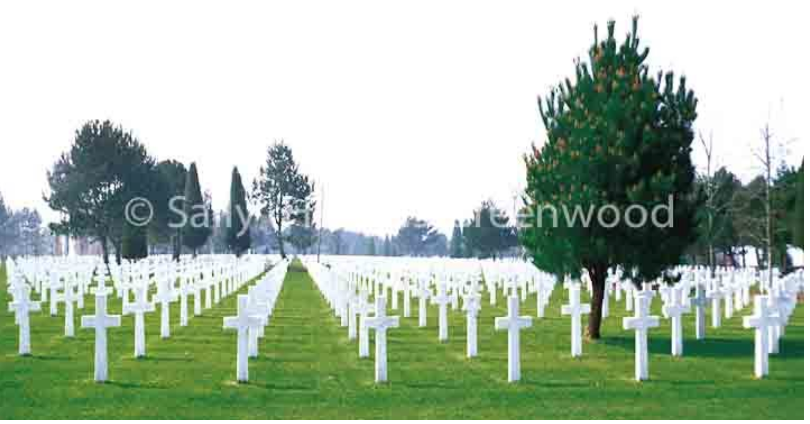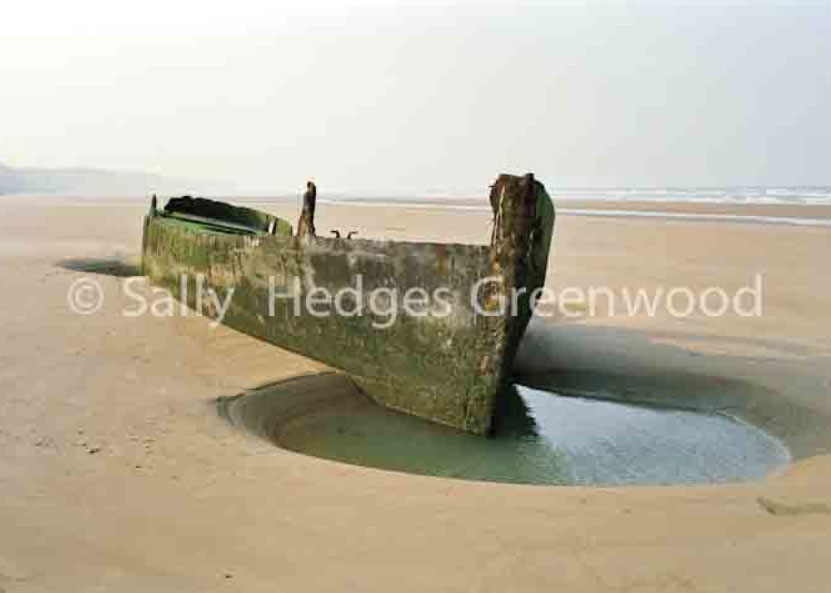My father was a Japanese prisoner of war and he died in 1990, we were recuperating in France and it seemed almost fate that I could visit the Normandy beaches for the first time, although only a two-hour drive away from Alençon where I lived during the late nineteen-seventies. This wreck was still there, completely isolated on the massive beach; the space and atmosphere allowing me to reflect. It is one of the Allies’ boats from D-Day, Jour J in France, 6 June 1944. In these beautiful but desolate surroundings, it has remained stripped and weatherworn ever since, a bit like Dad; the occupants may not have been so lucky.
The flat and firm beaches from the Orne River Estuary in the west to the Cotentin Peninsula in Normandy were chosen for the invasion code-named Operation Overlord that marked the beginning of the end of the Second World War. The German military were taken off guard on 6 June 19444, known to us now as D-Day, as they expected an Allied invasion but much closer to Britain, on France’s most northerly beaches. It was a huge operation, even floating huge concrete segments of two artificial ports across the Channel. Remnants of Mulberry harbour B another ghostly reminder that can still be seen at the edge of Gold beach in Arromanches. Once they had landed, the Allies had huge obstacles to confront. Now we know that they were successful, but at the time it was far from a foregone conclusion. The ensuing Battle of Normandy led to 425,000 killed, injured or missing.


